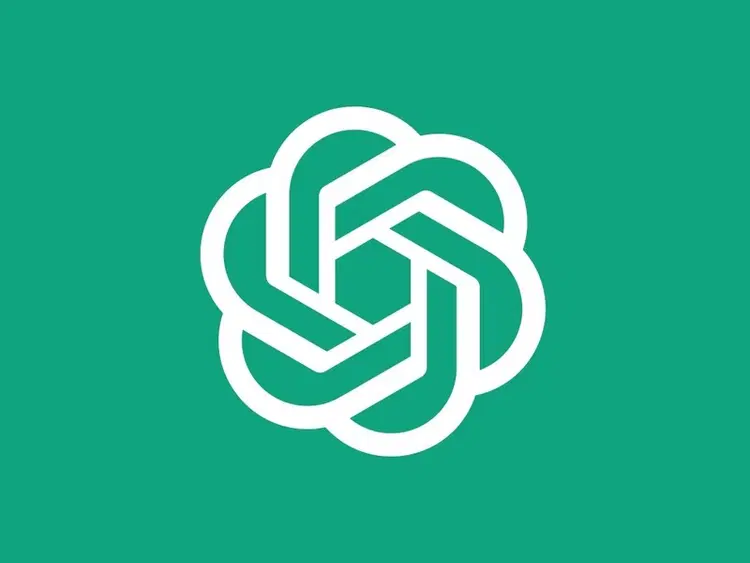OpenAI has recently launched the GPT-4.1 API, marking a significant advancement in AI-powered coding tools for developers. Released on April 14, 2025, this new series of models, including GPT-4.1, GPT-4.1 mini, and GPT-4.1 nano, promises enhanced performance, greater efficiency and affordability, specifically tailored for application within the OpenAI API.
The GPT-4.1 family isn't directly available for regular ChatGPT users; instead, it's geared towards developers and companies integrating AI into their systems through APIs. It brings substantial improvements in coding capabilities, instruction following, and the ability to handle long contexts, making it a powerful tool for a variety of applications. OpenAI is also ending support for GPT-4.5 in the API, as GPT-4.1 offers improved performance at a lower cost.
One of the most notable features of GPT-4.1 is its expanded context window, supporting up to 1 million tokens. This allows the model to process and understand extensive text, code, and structured data in a single request. For developers, this means the ability to analyze large codebases, work with lengthy documents, and maintain better recall throughout complex tasks. OpenAI trained GPT-4.1 to reliably focus on information across the full 1 million token context length and to be far more reliable than GPT-4o at noticing relevant text and ignoring distractions across long and short context lengths.
GPT-4.1 excels in several industry-standard measures. In coding, GPT-4.1 achieves a score of 54.6% on SWE-bench Verified, marking a 21.4% increase over GPT-4o and 26.6% over GPT-4.5, establishing it as a leading model for coding tasks. It demonstrates enhanced proficiency in agentically solving coding tasks, front-end coding, minimizing extraneous edits, adhering to diff formats, and ensuring consistent tool usage. On Scale's MultiChallenge benchmark, GPT-4.1 scores 38.3%, a 10.5% increase over GPT-4o, showcasing its improved ability to follow instructions. In long-context understanding, GPT-4.1 achieves a new state-of-the-art result on Video-MME, scoring 72.0% in the long, no subtitles category, a 6.7% improvement over GPT-4o.
The GPT-4.1 family offers exceptional performance at a lower cost. GPT-4.1 mini matches or exceeds GPT-4o in intelligence evaluations while reducing latency by nearly half and cost by 83%. GPT-4.1 nano delivers exceptional performance at a small size with its 1 million token context window and is the fastest and cheapest model available. The pricing for the models is as follows: GPT-4.1 is priced at $2 per million input tokens and $8 per million output tokens; GPT-4.1 mini is priced at $0.40 per million input tokens and $1.60 per output tokens; GPT-4.1 nano is priced at $0.10 per million input tokens and $0.40 per output tokens.
The GPT-4.1 API empowers developers to build sophisticated AI-driven applications with enhanced capabilities in coding, content generation, and data analysis. It can be used for intelligent chatbots, automated workflows, and dynamic content generation. The enhanced instruction following and long context comprehension make the GPT-4.1 models more effective at powering agents, or systems that can independently accomplish tasks on behalf of users.
GPT-4.1 is significantly better than GPT-4o at various coding tasks, including agentically solving coding tasks, front-end coding, making fewer extraneous edits, following diff formats reliably, and ensuring consistent tool usage. GPT-4.1 can process and analyze massive documents in a single request. With a context window of 1 million tokens, it maintains recall regardless of input length. It also accelerates development cycles by up to 70%, integrating seamlessly into workflows and allowing teams to focus on innovation.
OpenAI is also developing an AI agent named A-SWE that can holistically replace software engineers by building apps and handling quality assurance, bugs, and documentation. A-SWE represents the third phase of OpenAI's development of agentic AI and extends human knowledge to create novel solutions.

















